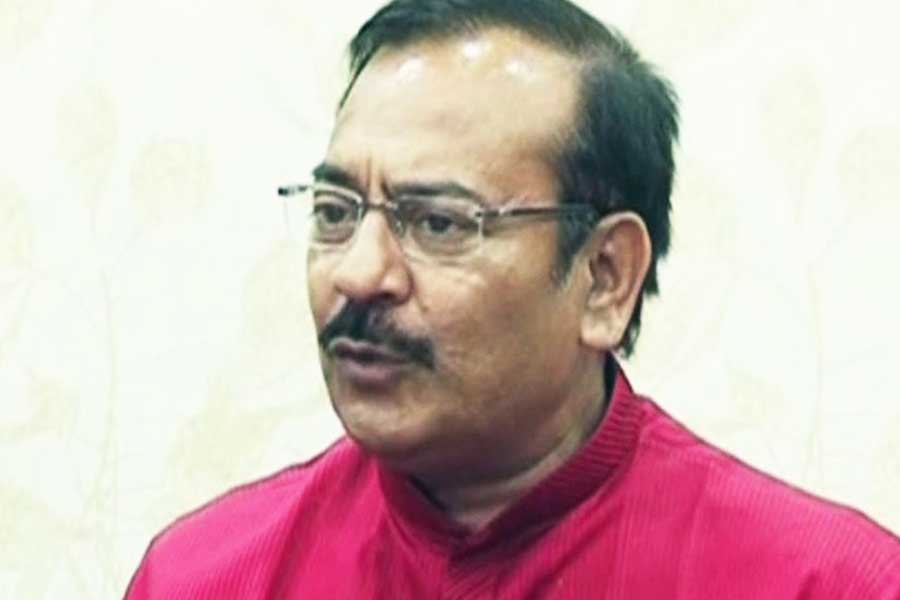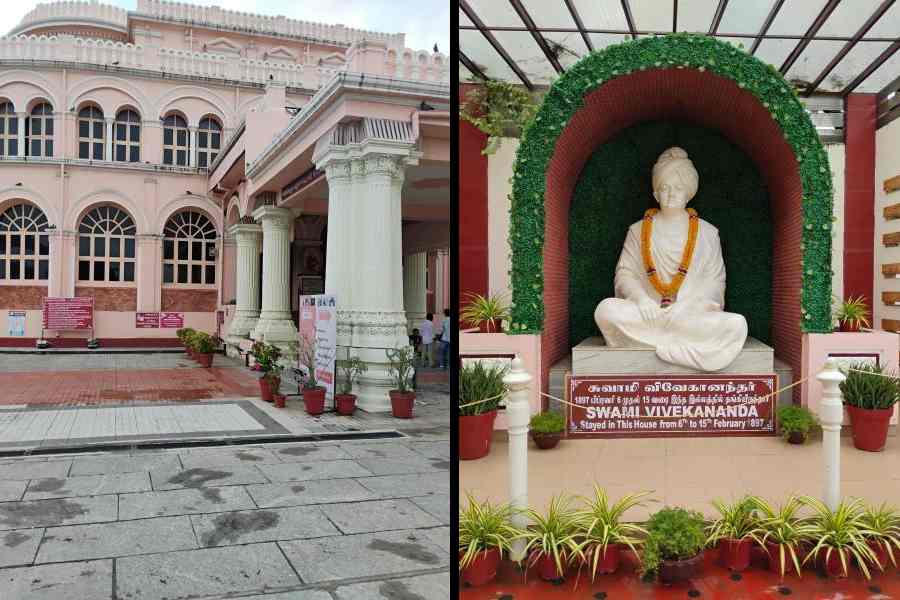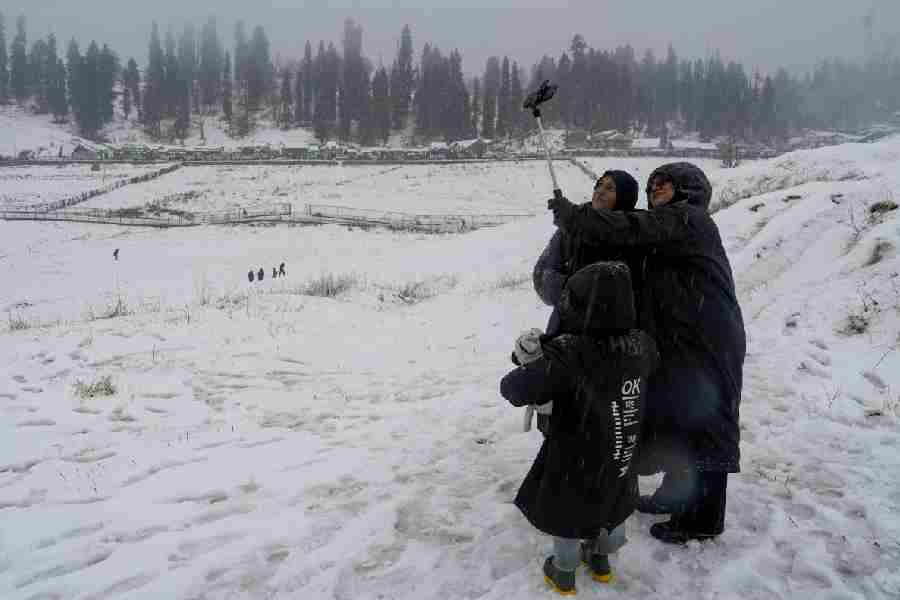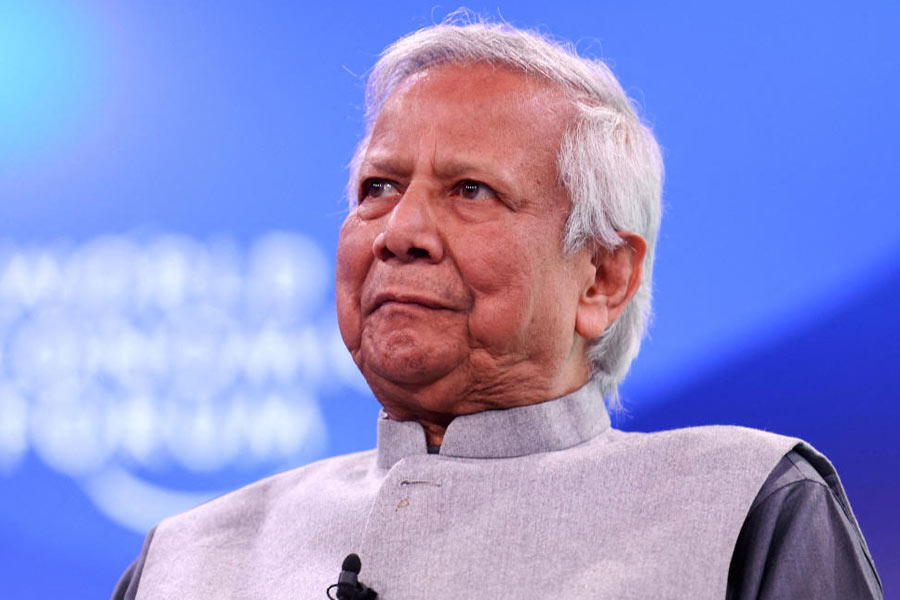
Dibrugarh, March 18: The oft-debated tale of King Arthur acquiring his sword Excalibur from the Lady of the Lake has found an echo in a water body in Assam that threw up a four-foot hengdang, a sword used by Ahom warriors.
The sword was unearthed by workers engaged in restoring a pond at Lukomai Beel village, about 45km from Dibrugarh town, headquarters of Dibrugarh district, in Upper Assam.
This has strengthened the belief of the residents that an Ahom commander, Luka Deka Phukan, had taken refuge there during the Burmese invasion in the 19th century.
It was perhaps in the fitness of things as the work was being carried out under a scheme named after Ahom king Swargadeo Rudra Singha, who was as significant to the creation of water bodies as a hengdang was to an Ahom general. Among the most noteworthy water bodies dug up by Rudra Singha is Joysagar, said to be the largest of its kind in Asia.
Chandana Goswami, a historian at DHSK College, said, "The hengdang is a single-edged sword with a long handle used by the Ahom warriors. It is similar in many ways to the Samurai sword or katana.'' She said the Ahoms had brought the weapon with them when they entered Assam in the first half of the 13th century.
Lukomai village head Jiten Chutiya said the villagers have always believed that Ahom commander Phukan had taken refuge in their village during the Burmese invasion. There are also a few maidams (burial grounds of kings/queens or important officials of the Ahoms) in the village.
Dibrugarh deputy commissioner M.S. Manivannan today visited the site and collected the hengdang, which was found on Monday along with other objects. The mighty sword is now in the possession of the district administration. The Assam State Museum has offered to preserve it.
Vivekananda Phukan, project director of the District Rural Development Agency, Dibrugarh, who accompanied Manivannan, said, "The village has historical importance. We hope to unearth more historical artefacts from there."
Manivannan said they had urged the workers to dig slowly and inform them immediately if anything was found.
The recovery of the sword has sent ripples of excitement among the villagers who believe more such treasures can be unearthed. "If we preserve these historical objects, our future generations will get an opportunity to know about them and their importance,'' Govind Naohalia, a villager, said.










